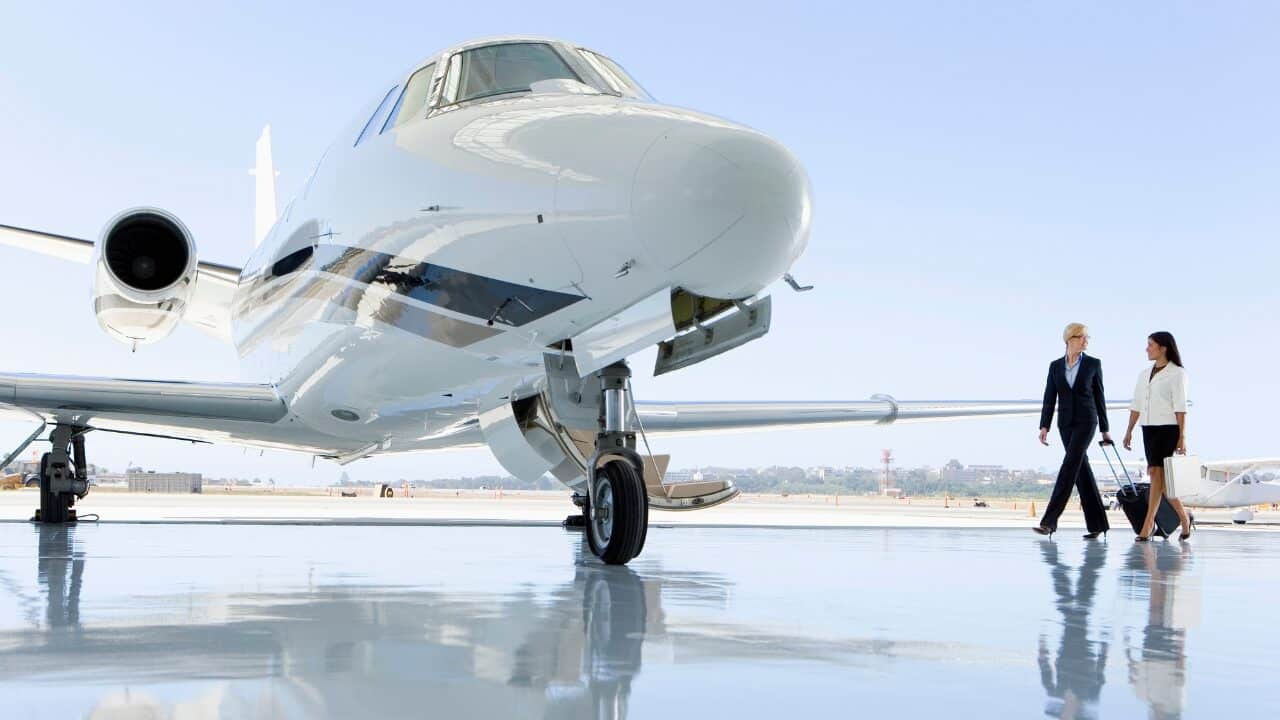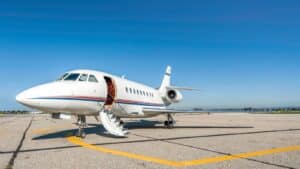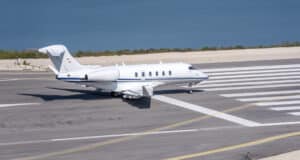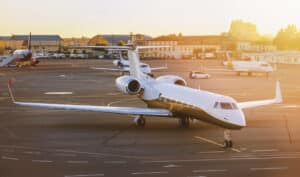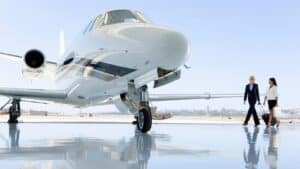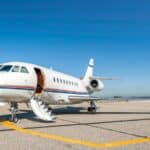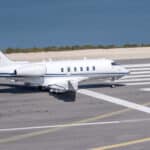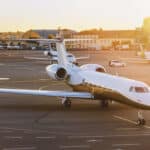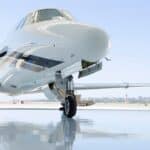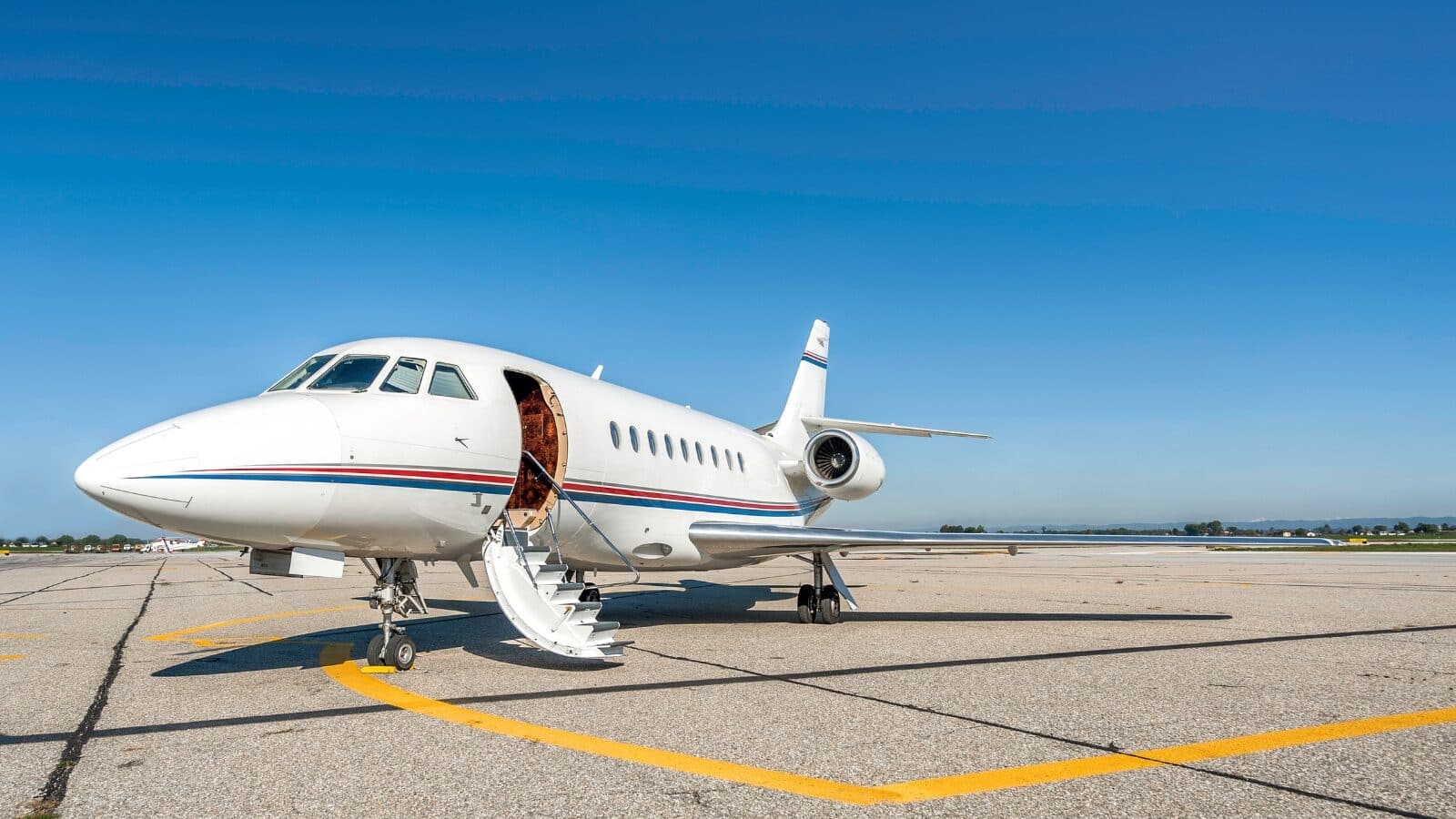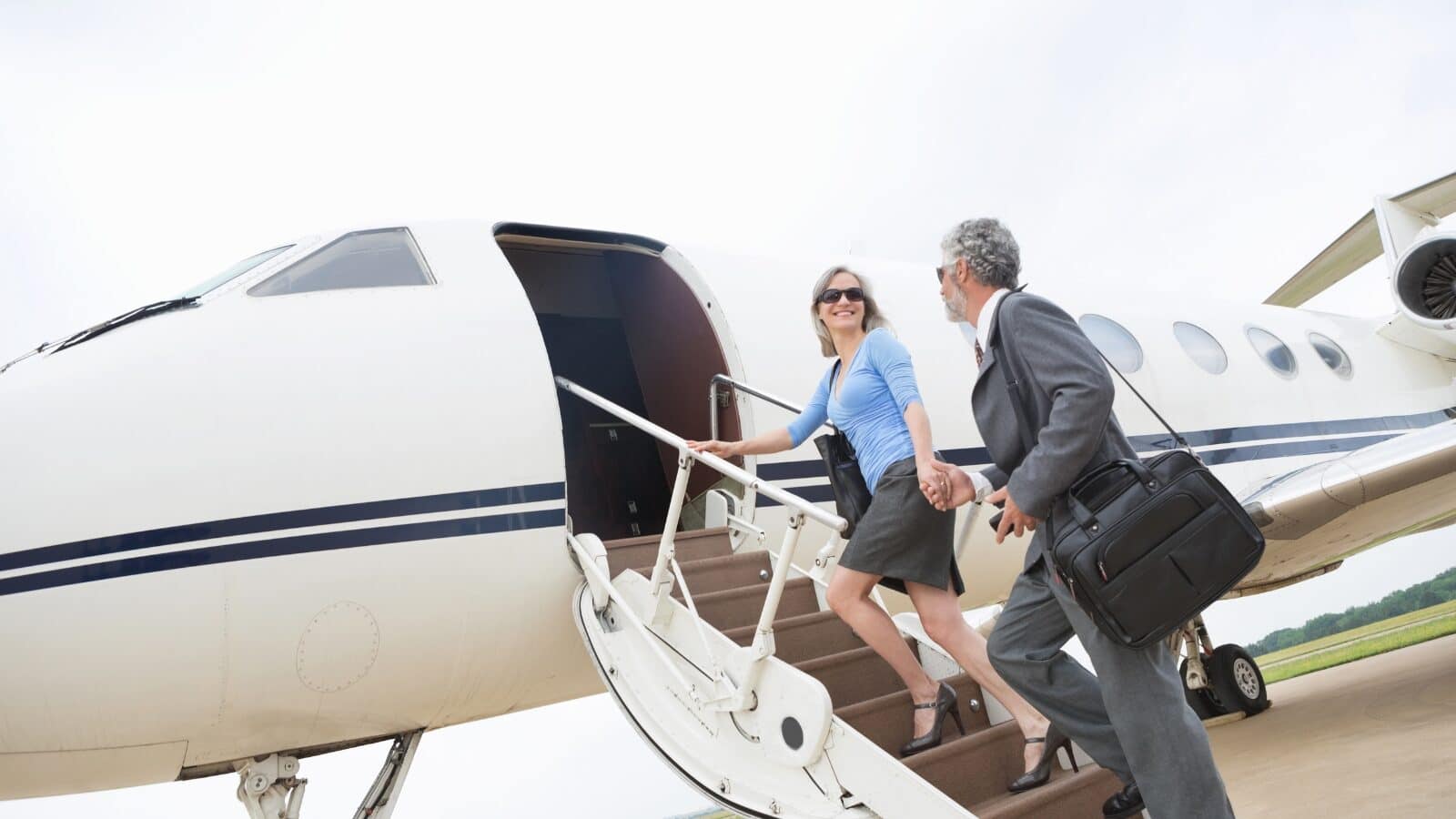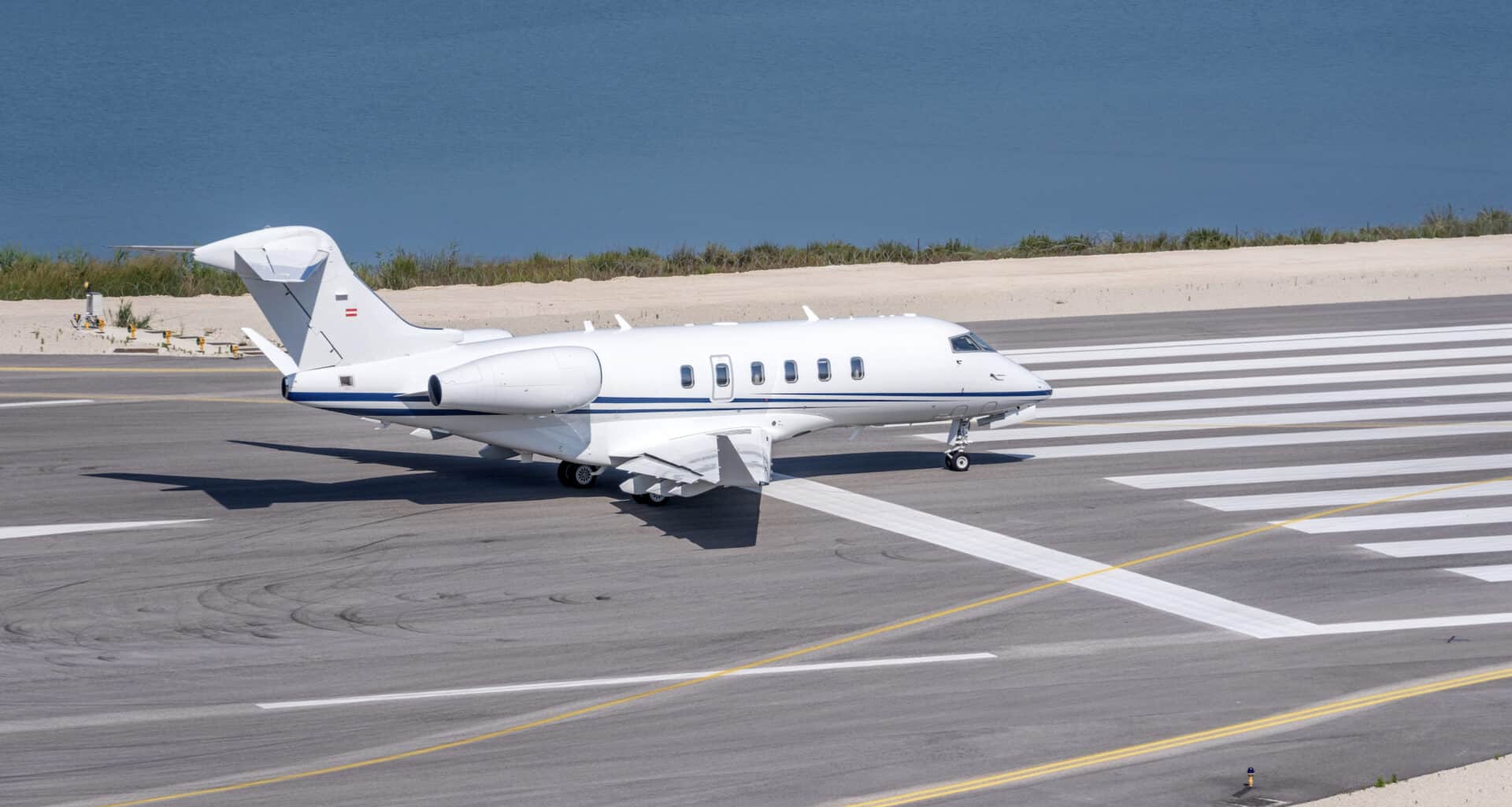Stepping aboard a private jet for the first time transforms how you perceive air travel. The exclusivity, convenience, and personalized service create experiences fundamentally different from commercial aviation.
Understanding what to expect eliminates uncertainty and maximizes enjoyment of your inaugural private flight. From aircraft selection to in-flight etiquette, proper preparation ensures seamless luxury travel.
This comprehensive guide provides essential insights for first-time private jet passengers. Every detail matters when transitioning to executive aviation.
Choosing Your Private Jet Charter Service

Selecting the right charter operator represents your most critical decision as a first-time private jet passenger. Quality operators prioritize safety, service, and reliability above all considerations.
Verify operator credentials through regulatory authorities. Air Operator Certificates (AOC), safety ratings, and insurance coverage demonstrate legitimate operations.
Reputable private jet charter providers maintain transparent safety records. Third-party audit organizations like ARG/US, Wyvern, and IS-BAO provide independent safety assessments.
Industry associations signal professionalism. Membership in organizations like NBAA (National Business Aviation Association) or EBAA (European Business Aviation Association) indicates commitment to standards.
Many operators also provide complementary logistics services for complex itineraries. Ground handling coordination ensures seamless multi-city travel.
Client reviews reveal service quality beyond marketing promises. Platforms like PrivateFly, Victor, and specialized forums share authentic passenger experiences.
Ask specific questions during initial consultations. Inquire about aircraft age, maintenance schedules, crew qualifications, and cancellation policies.
Transparent pricing demonstrates integrity. Hidden fees, unexpected surcharges, and unclear terms suggest less reputable operations.
Understanding Aircraft Options and Selection
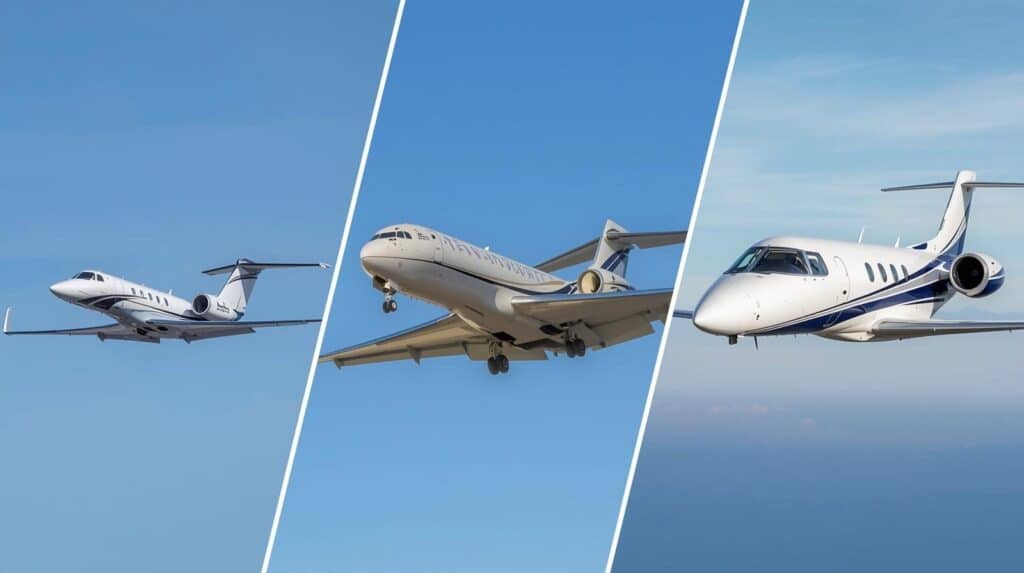
Aircraft categories range from compact light jets to spacious ultra-long-range aircraft. Your route distance and passenger count determine appropriate selections.
Light Jets for Short Trips
Light jets suit regional travel up to 1,500 miles with 6-8 passengers. Aircraft like the Citation CJ3+, Phenom 300, and Learjet 75 offer efficiency for short-haul routes.
These aircraft access smaller airports unavailable to larger jets. Cabin comfort remains excellent despite compact dimensions.
Flight times under three hours make light jets ideal for business trips. Lower operating costs translate to competitive charter rates.
Midsize Jets for Versatility
Midsize jets balance comfort and range for trips up to 3,000 miles. The Hawker 800XP, Citation XLS+, and Legacy 450 accommodate 8-9 passengers comfortably.
Standing cabin height enhances comfort on longer flights. Enclosed lavatories and refreshment centers add convenience.
Transcontinental routes within continents suit midsize capabilities perfectly. Coast-to-coast North American flights or cross-European travel falls within range.
Heavy Jets for Long-Range Luxury
Heavy jets deliver ultimate luxury with intercontinental range exceeding 5,000 miles. Gulfstream G650, Bombardier Global 7500, and Dassier Falcon 8X represent the category’s pinnacle.
Leading aircraft manufacturers continuously innovate cabin design and performance. Modern jets incorporate cutting-edge technology and luxury appointments.
Spacious cabins offer multiple living areas, full galleys, and bedroom configurations. These aircraft transform long flights into comfortable experiences.
International travel benefits from heavy jets’ extended range. Non-stop transatlantic and transpacific flights eliminate connection delays.
What to Expect Before Your Flight
Booking confirmation arrives with detailed flight information including departure time, aircraft type, and crew contact details. Review carefully and address questions promptly.
Flexible scheduling represents private aviation’s greatest advantage. Departure times adjust to your needs rather than airline timetables.
Arrive 15-20 minutes before departure at private terminals. This contrasts sharply with commercial aviation’s 2-3 hour requirements.
No lengthy security lines or crowded gates await you. Dedicated Fixed-Base Operators (FBOs) provide exclusive passenger facilities.
Understanding airport infrastructure helps appreciate private aviation’s advantages. FBOs maintain separate facilities designed exclusively for business aviation.
Baggage restrictions relax significantly compared to commercial flights. Reasonable luggage amounts load directly onto your aircraft without weight penalties.
Special items including golf clubs, skis, and bicycles accommodate easily. Inform operators about oversized items during booking for optimal loading arrangements.
Customs procedures at private terminals streamline international travel. Dedicated customs officers process passengers efficiently in private settings.
The Private Terminal Experience
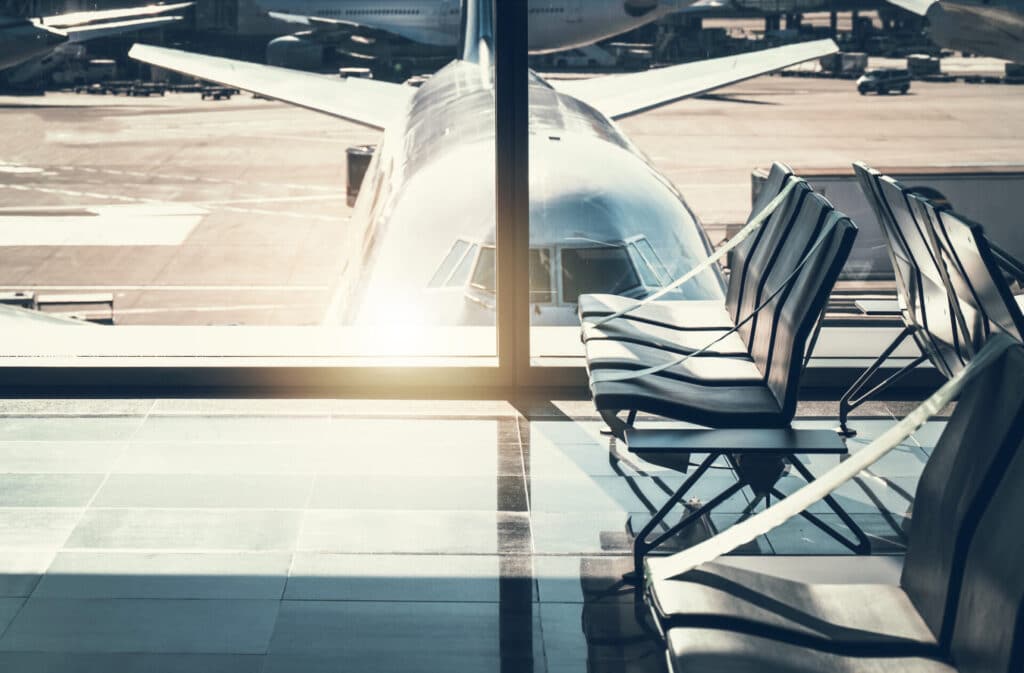
FBO facilities offer luxury lounges, private offices, and refreshment areas. Many provide concierge services, conference rooms, and children’s play areas.
Ground transportation coordination ensures seamless connections. Luxury chauffeur services often wait directly on the tarmac for door-to-door convenience.
Privacy remains paramount throughout the terminal experience. Discrete service and separated spaces protect confidentiality for business discussions or personal travel.
Weather briefings and flight updates reach you directly through crew communication. Delays receive immediate notification with alternative arrangements.
Refreshments in FBO lounges often include premium beverages, snacks, and light meals. Some facilities offer full catering services for pre-flight dining.
Boarding Your Aircraft
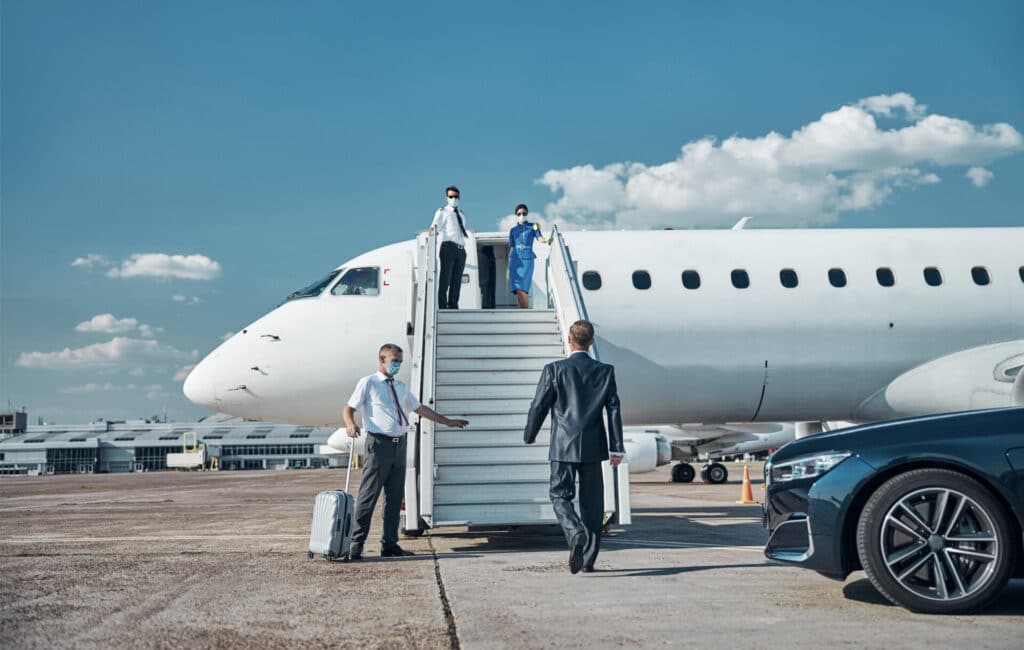
Personal greetings from the captain and crew welcome you aboard. Professional introductions establish rapport for your journey.
Safety briefings remain mandatory despite private settings. Crew explain emergency equipment, exits, and procedures specific to your aircraft type.
Cabin familiarization helps you locate amenities. Crew demonstrate entertainment systems, climate controls, lighting, and galley access.
Luggage storage explanations prevent confusion. Some aircraft use cabin closets while others utilize external baggage compartments.
Departure flexibility allows last-minute passenger additions or schedule adjustments. Communicate changes promptly to enable crew coordination.
In-Flight Experience and Amenities
Cabin pressure in private jets typically maintains lower altitudes than commercial aircraft. This reduces fatigue and improves comfort on longer flights.
Seating configurations vary by aircraft size. Executive chairs swivel and recline fully, often converting to sleeping positions on long-range jets.
Entertainment systems range from basic WiFi to full cabin management suites. Larger aircraft offer multiple screens, gaming systems, and premium audio.
Connectivity enables productive flights. Satellite WiFi, phone service, and video conferencing transform travel time into working sessions.
Catering customization reflects personal preferences. Specify dietary requirements, preferred meals, and beverage selections during booking.
Gourmet meals prepared by professional caterers elevate the dining experience. Many operators partner with renowned restaurants for exceptional cuisine.
Climate control individualizes temperature settings. Adjust cabin temperature, humidity, and airflow to personal comfort levels.
Noise levels remain remarkably low due to advanced insulation and reduced passenger counts. Conversation occurs naturally without shouting over engine noise.
Private Jet Etiquette for First-Time Flyers
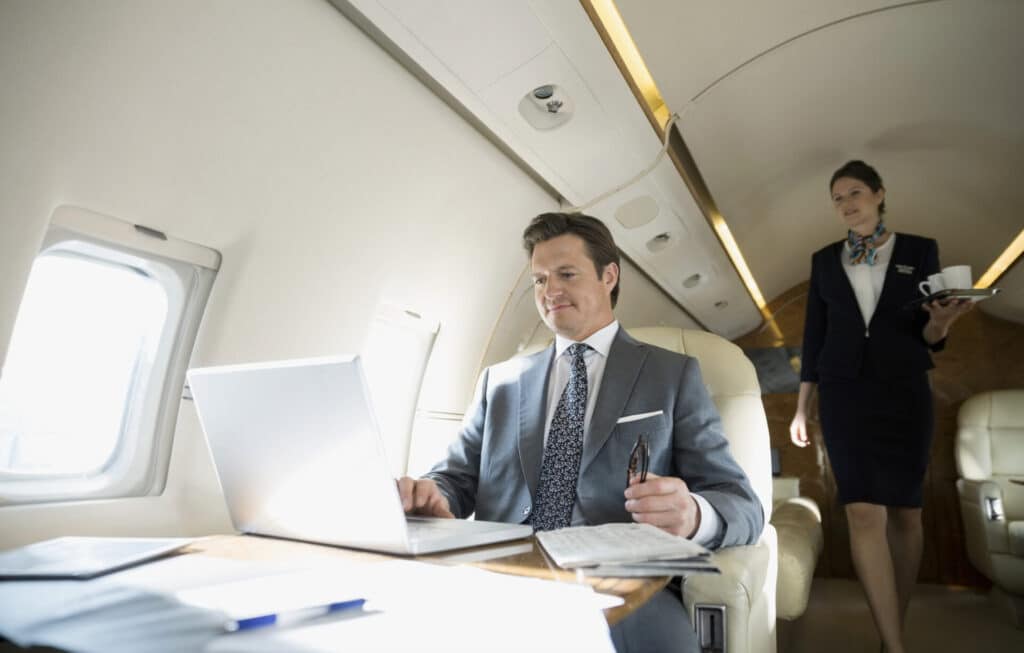
Punctuality matters even with flexible scheduling. Arrive at your confirmed departure time to respect crew preparation schedules.
Crew interactions should remain professional and courteous. Flight attendants and pilots prioritize your safety and comfort—treat them respectfully.
Tipping practices vary by region and operator. North American flights typically warrant crew tips of $50-$200 per crew member for exceptional service.
European operators often include gratuities in charter costs. Clarify tipping expectations during booking to avoid awkward situations.
Personal calls and meetings can occur freely but consider other passengers’ comfort. Keep volume reasonable in shared cabin spaces.
Smoking policies vary by aircraft and operator. Most prohibit smoking entirely while some larger jets designate specific areas.
Children’s behavior expectations align with general courtesy standards. Supervise young passengers to ensure comfortable experiences for all aboard.
Photography policies generally permit personal photos. Request permission before photographing crew members or other passengers.
Understanding Costs and Value
Charter pricing depends on aircraft type, route distance, and positioning requirements. One-way flights include repositioning costs unless booking empty legs.
Hourly rates range from $2,000 for light jets to $10,000+ for heavy jets. Minimum flight time charges typically apply regardless of actual duration.
Empty leg opportunities offer significant savings for flexible travelers. These positioning flights cost 50-75% less than standard charters but require schedule flexibility.
Membership programs provide alternatives to per-flight charters. Jet cards offer guaranteed availability with fixed hourly rates across specified aircraft categories.
Fractional ownership suits frequent flyers requiring 50+ hours annually. Shared aircraft ownership provides guaranteed access with predictable costs.
Value assessment extends beyond monetary costs. Time savings, productivity gains, and stress reduction justify premium pricing for many business travelers.
Working with experienced aviation consulting specialists helps optimize charter strategies. Professional guidance identifies cost-effective solutions matching specific travel patterns.
Understanding aviation finance options enables informed decisions about ownership versus charter. Financial experts explain tax implications and operational costs.
Safety and Regulatory Oversight
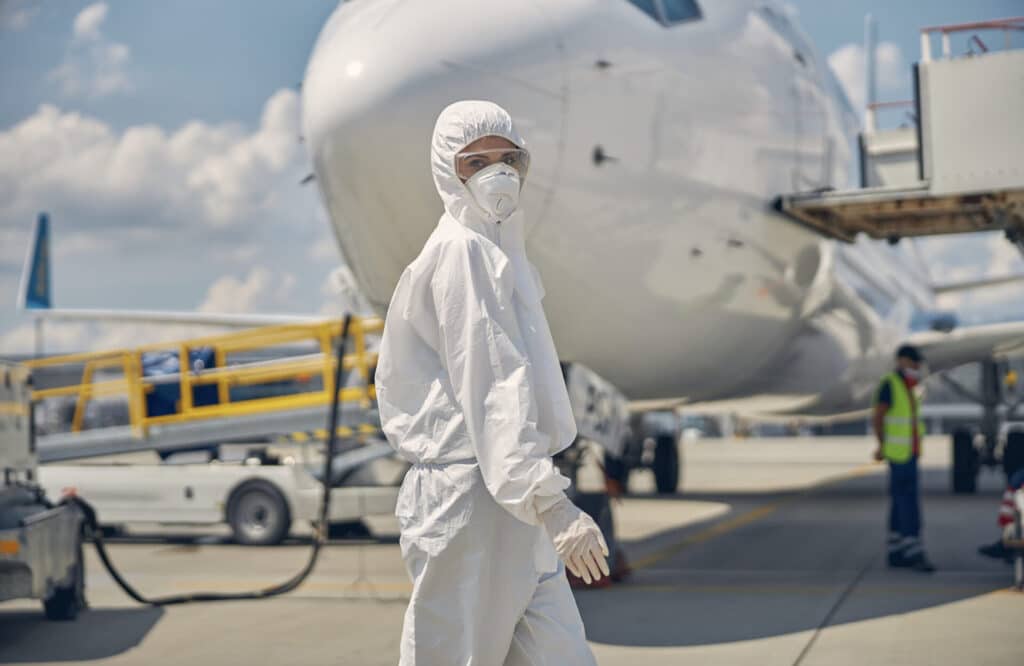
Regulatory authorities including the FAA, EASA, and CAA maintain strict safety standards. All commercial charter operations undergo rigorous oversight and inspections.
Pilot qualifications exceed commercial airline minimums. Many private jet captains log thousands of hours across diverse aircraft types.
Maintenance standards follow manufacturer specifications precisely. Operators maintain detailed service records available for passenger review upon request.
Aircraft insurance requirements ensure financial protection. Liability coverage protects passengers while hull insurance covers aircraft damage.
Third-party audits provide independent safety verification. Programs like ARGUS and Wyvern assess operations against industry best practices.
Special Considerations and Add-On Services
Pet-friendly policies allow furry companions aboard many private flights. Discuss pet travel during booking to ensure appropriate accommodations.
Medical flights accommodate passengers with health considerations. Operators arrange medical equipment, oxygen supplies, or nurse accompaniment when required.
Sporting equipment including bicycles, surfboards, and fishing gear loads easily. Advance notice ensures optimal cabin configuration for oversized items.
Event coordination services enhance travel experiences. Operators arrange restaurant reservations, event tickets, and ground activities at destinations.
Multi-leg itineraries enable complex travel patterns impossible on commercial airlines. Visit multiple cities in single days with optimized scheduling.
Making the Most of Your First Private Flight
Communication with your charter operator establishes expectations clearly. Discuss preferences, requirements, and concerns during booking conversations.
Flexibility represents private aviation’s core advantage. Embrace the scheduling freedom and personalized service distinguishing private travel.
Arrival planning should include ground transportation coordination. Arrange chauffeur services or rental vehicles before departure.
Travel documentation including passports and visas remains essential for international flights. Private terminals still require proper identification and authorization.
Weather awareness affects departure decisions. Trust crew expertise regarding weather-related delays or routing changes.
Final Thoughts
Your first private jet flight opens new possibilities for efficient, comfortable travel. Understanding these essential tips ensures confident, enjoyable experiences from booking through arrival.
Explore premium private jet charter services to begin your luxury aviation journey with trusted industry professionals.
Meet the article authors/editors/reviewers:
-
Radu Balas: Author
Pioneering the intersection of technology and aviation, Radu transforms complex industry insights into actionable intelligence. With a decade of aerospace experience, he's not just observing the industry—he's actively shaping its future narrative through The Flying Engineer.
View all posts
-
Cristina Danilet: Reviewer
A meticulous selector of top-tier aviation services, Cristina acts as the critical filter between exceptional companies and industry professionals. Her keen eye ensures that only the most innovative and reliable services find a home on The Flying Engineer platform.
View all posts
-
Marius Stefan: Editor
The creative force behind The Flying Engineer's digital landscape, meticulously crafting the website's structure, navigation, and user experience. He ensures that every click, scroll, and interaction tells a compelling story about aviation, making complex information intuitive and engaging.
View all posts

